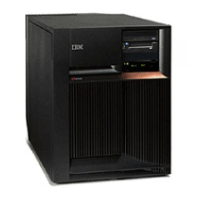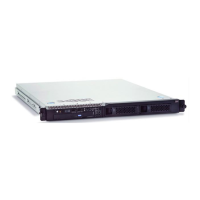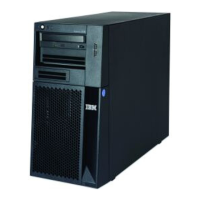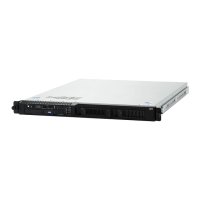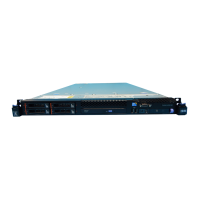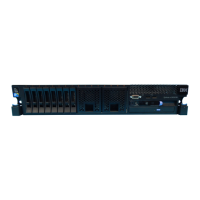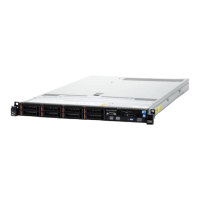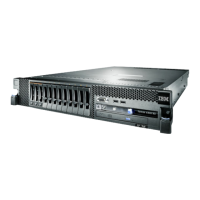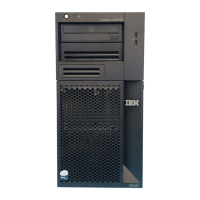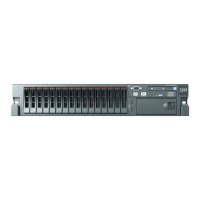IBM Licensed Programs: Application Development Products 649
IBM Licensed Programs: Application Development Products
Through ANSI-85 high-level functions of ILE COBOL for AS/400, such as nested source
programs, it is easier to port code to the AS/400 system from other platforms. Programmer
productivity is increased with ILE COBOL for AS/400, through its extensive database and
workstation support, static, inter language calls, interactive syntax checking, debug facilities,
and a full complement of compile-time error diagnostics.
ILE COBOL for AS/400 consists of the following COBOL components:
ILE COBOL for AS/400
OPM COBOL for AS/400
System/36-Compatible COBOL for AS/400
System/38-Compatible COBOL for AS/400
PRV ILE COBOL for AS/400
• COBOL/400 provides American National Standards (ANS) COBOL X3.23-1985,
Intermediate Level function. COBOL/400 also conforms to the 1986 FIPS COBOL
Language Standard and the IBM C-S3-9025-02 standard.
• COBOL/400 supports embedded SQL statements and interactive communication
facilities functions.
• Interactive syntax checking provided by the Source Entry Utility (SEU) component of
the AS/400 Application Development Tools.
• Full-screen processing for formatting display screens.
• System/36 and System/38 COBOL source programs can be created on the AS/400
system using SEU. These can be compiled on the System/36 and on the System/38 to
generate executable object code.
• The AS/400 System/36-Compatible COBOL and AS/400 System/38-Compatible
COBOL compiler options of the COBOL/400 accept and compile COBOL programs
written in accordance with the ANS COBOL X3.23-1974 standard.
The following enhancements are included in ILE COBOL for AS/400:
• Support for Double-Byte Character Set (DBCS)
ILE COBOL for AS/400 allows you to define and work with a new double-byte character
type (that is PIC G(nn)). It also allows you to work with DBCS literals. This DBCS support
improves inter language communications in an ILE environment.
• Support for four-digit years
The ACCEPT statement accepts four-digit year dates in support of the Year 2000.
• Support for floating point data
Users can use floating-point formats to represent numeric data in a COBOL program.

